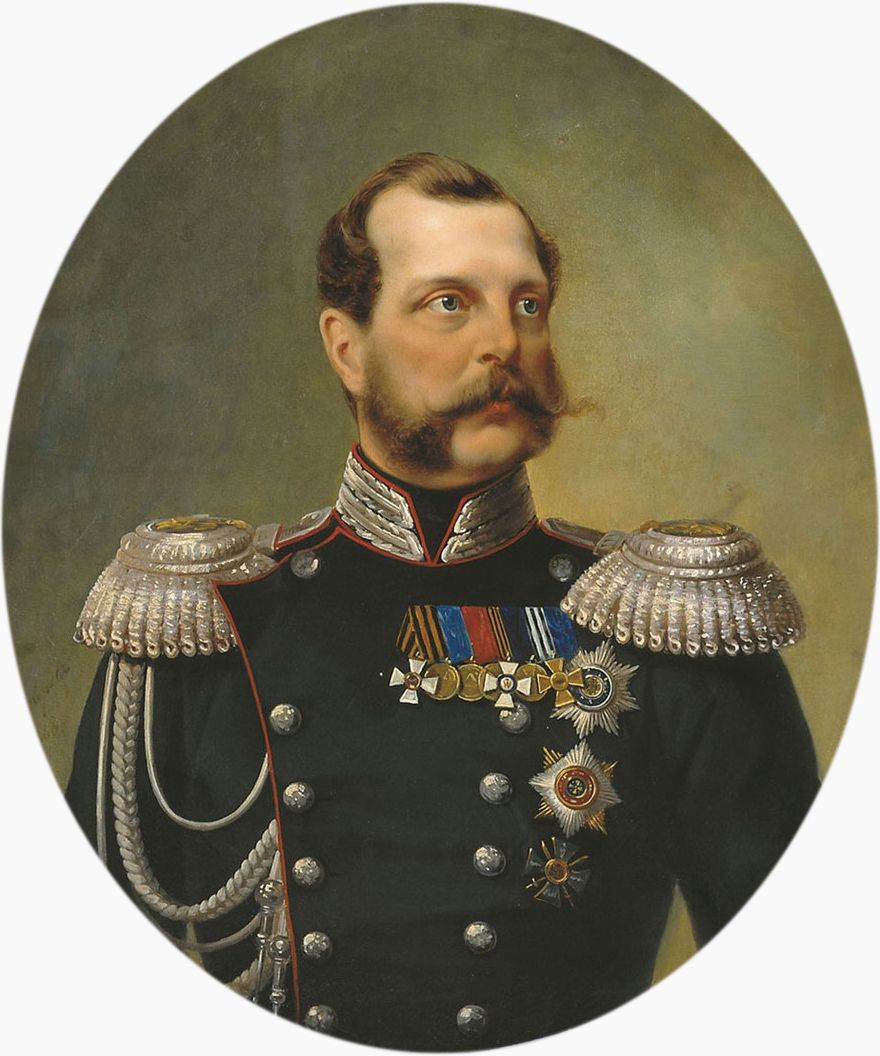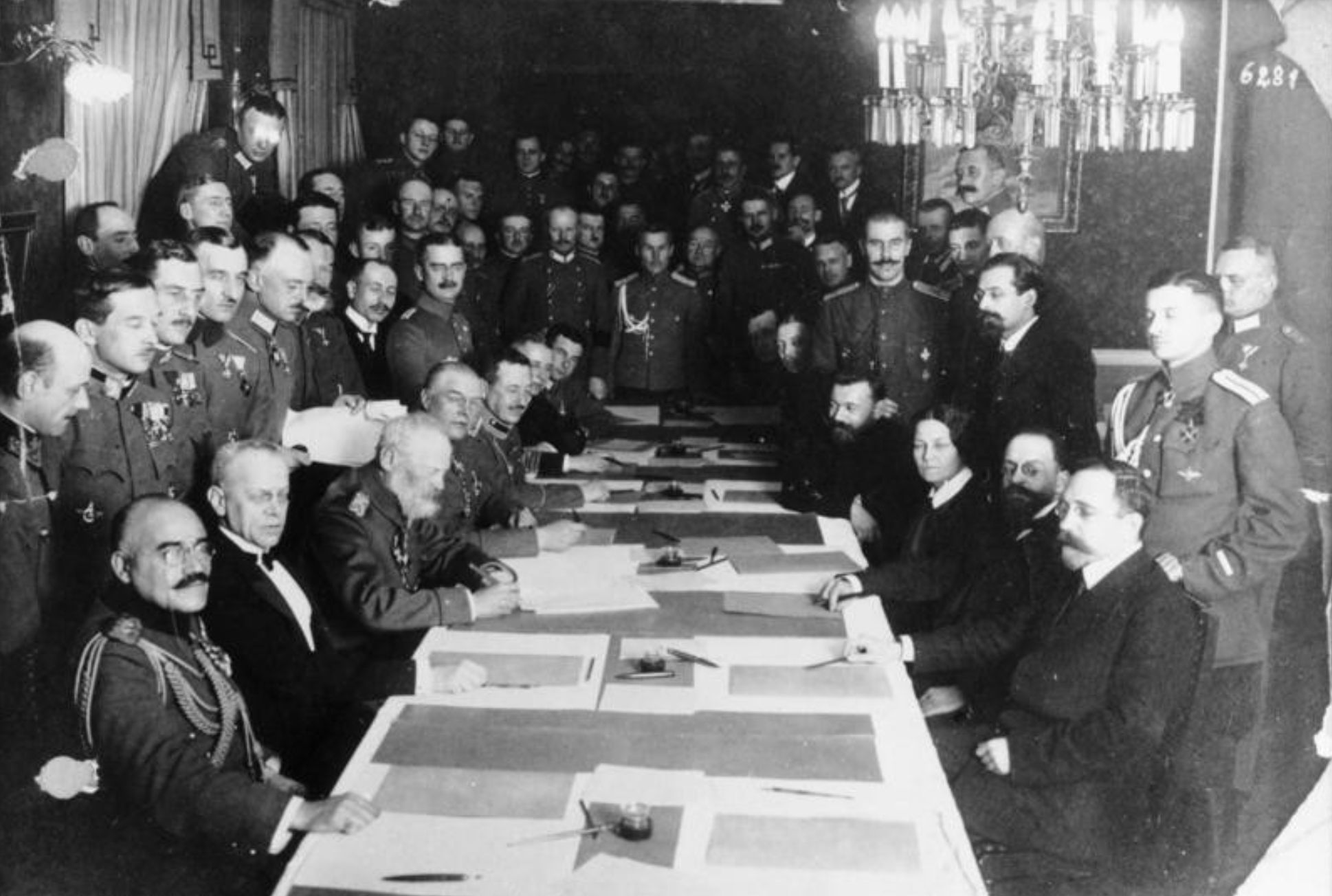
The acquisition of Alaska by the United States in 1867 stands as a singular event in the nation’s territorial expansion. This transaction, at the time, elicited a spectrum of reactions ranging from skepticism to strategic foresight. Dubbed “Seward’s Folly” by some detractors, this purchase ultimately proved to be a geopolitical and economic masterstroke, adding a vast and resource-rich territory to the burgeoning American republic.
To truly appreciate the significance of this historic deal, one must delve into the intricate tapestry of its origins, understanding the complex motivations that drove the Russian Empire to part with its North American possessions and the diplomatic acumen that enabled the United States to acquire this immense territory. It was a confluence of imperial ambition, economic necessity, and evolving geopolitical landscapes that set the stage for one of history’s most compelling land sales.
This in-depth exploration will meticulously trace the events leading up to the 1867 treaty, from Russia’s initial colonial ventures in the vast wilderness of what would become Alaska to the critical negotiations that sealed its fate. We will uncover the underlying reasons for Russia’s willingness to sell and America’s eagerness to buy, laying bare the foundational elements of a transaction that irrevocably altered the map of North America.

1. **Russia’s Early Colonial Presence and Expansion** Russia’s presence in North America commenced with the arrival of promyshlenniki, intrepid merchants and fur trappers who traversed Siberia and first set foot in Alaska in 1732. These early Russian adventurers, motivated by the lucrative fur trade, established a foothold in the remote northern territories. Although a formal, large-scale colony was not immediately established, the Russian Orthodox Church played a pivotal role by dispatching missionaries to indigenous populations and constructing churches, thereby solidifying its cultural and spiritual presence.
By the mid-19th century, Russian authority over this vast territory was maintained by a relatively small contingent, comprising approximately 700 Russians. These individuals were tasked with upholding sovereignty over an expanse that was more than twice the size of Texas. Their principal duty was to oversee the collection of furs and manage the dispersed trading posts, operating within a challenging and often harsh environment that extended along the North American Pacific coast.
Read more about: Unveiling California’s Enduring Grandeur: A Journey Through History, Innovation, and Natural Wonders

2. **The Russian-American Company and Sovereignty Claims** The formalization of Russia’s colonial endeavors in North America was marked by the chartering of the Russian-American Company (RAC) in 1799. This entity was granted the exclusive right to hunt furs, a highly profitable commodity that fueled Russia’s interest in the region. The RAC’s operations were pivotal in maintaining Russian economic and political influence in Alaska.
In a significant move to assert its territorial claims, Tsar Alexander I issued an edict in 1821, declaring Russian sovereignty over the North American Pacific coast north of the 51st parallel north. This proclamation further stipulated that foreign ships were prohibited from approaching within 100 Italian miles (approximately 115 miles or 185 km) of the Russian territorial claim.
Such a bold declaration naturally elicited strong protests from the United States, particularly from Secretary of State John Quincy Adams, who perceived it as a direct threat to American commerce and expansionist aspirations. Seeking to maintain amicable relations, Alexander I subsequently agreed to the Russo-American Treaty of 1824, which restricted Russia’s claims to lands north of the 54°40′ north parallel and ensured the opening of Russian ports to U.S. ships.
Read more about: California: A Comprehensive Look at the Golden State’s Enduring Legacy, Dynamic Landscape, and Global Influence

3. **Motivations for Sale: Crimean War and Economic Strain** By the 1850s, a convergence of economic and strategic factors had begun to shift Russia’s perspective on its Alaskan possessions. The once abundant population of sea otters, which had numbered around 300,000, was by that time nearly extinct, significantly reducing the profitability of the fur trade that had initially attracted Russia to the region. This economic downturn was exacerbated by Russia’s precarious financial situation, which was largely a result of its catastrophic defeat by France and Britain in the Crimean War (1853 – 1856).
The Crimean War not only drained Russia’s treasury but also highlighted the extreme difficulty of defending its remote Alaskan colony in the event of any future conflict, especially against the formidable power of the United Kingdom, which had strong bases in neighboring Canada. Furthermore, the burgeoning California Gold Rush served as a stark reminder: the discovery of gold in Alaska would inevitably lead to an overwhelming influx of American and Canadian prospectors, thereby making Russia’s scant presence indefensible. Emperor Alexander II, recognizing these insurmountable challenges and wishing to prevent his arch – rival from gaining territory directly across the Bering Sea, made the crucial decision to explore the possibility of selling the territory.

4. **Grand Duke Konstantin’s Vision and Early Discussions** The idea of divesting Russian America garnered significant traction within the imperial court through the vigorous advocacy of Grand Duke Konstantin, Tsar Alexander II’s younger brother. In 1857, Konstantin submitted a compelling memorandum to Foreign Minister Alexander Gorchakov, presenting a prescient perspective on North American geopolitics. He unequivocally stated, “We must not deceive ourselves and must foresee that the United States, constantly aiming to expand its possessions and desiring to dominate the entirety of North America, will seize the aforementioned colonies from us, and we shall not be able to regain them.”
This memorandum, bearing the Tsar’s handwritten endorsement, “This idea is worth considering,” signified a turning point in official Russian thinking. Konstantin’s proposal to withdraw from North America forthwith garnered support from influential figures such as Admiral Yevfimy Putyatin and Eduard de Stoeckl, the Russian minister to the United States. While Gorchakov concurred with the necessity of abandoning Russian America, he advocated a more gradual process for the sale, an approach endorsed by Ferdinand von Wrangel, the naval minister and former chief manager of the Russian-American Company. Wrangel notably insisted that a portion of the proceeds be reinvested in the economic development of Kamchatka and the Amur Basin. Ultimately, the Emperor sided with Gorchakov, choosing to defer negotiations until the expiration of the RAC’s patent in 1861.

5. **Diplomatic Engagements and American Civil War Delay** Despite being instructed not to initiate discussions regarding the sale of RAC assets, Eduard de Stoeckl engaged in informal meetings with United States officials during the winter of 1859 – 1860. Communicating primarily with Assistant Secretary of State John Appleton and California Senator William M. Gwin, Stoeckl shrewdly assessed American interest in acquiring Russian America. While President James Buchanan maintained these preliminary hearings in an informal manner, the groundwork for future negotiations was gradually laid.
During one such conversation, Stoeckl “inquired in passing” what price the U.S. government might offer for the Russian colony. Senator Gwin’s initial response, suggesting that they “might go as far as $5,000,000,” was considered far too low by Gorchakov. Stoeckl conveyed this information to Appleton and Gwin, with the latter indicating that his Congressional colleagues in Oregon and California would support a higher amount. However, the growing unpopularity of Buchanan’s presidency and the impending threat of the American Civil War compelled the matter to be put on hold. With the outbreak of the war, Stoeckl temporarily redirected his focus, proposing a renewal of the RAC’s charter and advocating that two of its ports be opened to foreign traders, along with new commercial agreements with Peru and Chile, as a means to revitalize the company.
Read more about: Israel’s Escalating Gaza Offensive Amid Fragile Ceasefire Diplomacy: A Deep Dive into Humanitarian Crisis and Stalled Negotiations

6. **The Resumption of Negotiations and Treaty Signing** Following the Union victory in the American Civil War in 1865, the strategic landscape shifted once again, presenting a renewed opportunity for the sale of Alaska. Acknowledging the altered circumstances, Tsar Alexander II instructed Eduard de Stoeckl to re-engage in negotiations with William H. Seward, who was then the U.S. Secretary of State. These crucial discussions commenced in early March 1867. Both President Andrew Johnson, who was preoccupied with Reconstruction efforts, and Seward, who had alienated a faction of Republicans, perceived the potential purchase as a means to divert public attention from pressing domestic issues, aligning their political interests with the long-standing American expansionist aspiration for the territory.
The negotiations proved intense, culminating in an all-night session that concluded at 04:00 AM on March 30, 1867, with the signing of the treaty. The agreed-upon purchase price was set at $7.2 million, an amount equivalent to approximately $129 million in 2023 dollars. This figure translated to an astonishingly low cost of about 2 cents per acre for an immense tract of land spanning 586,412 square miles. Notably, a significant portion of the funds received by Russia from the sale, reportedly six and a half million rubles, was directed to two Americans, Thomas and William Winans of Baltimore, Maryland, who were under contract with the Tsar to construct and maintain Russia’s railway system, a detail that later drew scrutiny and labeled the Winans as “the robber of the Russian Treasury” due to ballooning contract costs.
The signing of the Alaska Purchase treaty on March 30, 1867, marked a pivotal moment; however, the immediate reaction within the United States was far from uniform. While some far-sighted leaders recognized its strategic and economic potential, a vocal group of detractors quickly emerged, dubbing the acquisition “Seward’s Folly” or “Seward’s Icebox.” These epithets reflected widespread skepticism that taxpayer money had been wasted on what many viewed as a “polar bear garden”—a frozen, useless wilderness devoid of any tangible value.
However, this initial wave of skepticism concealed a deeper undercurrent of strategic foresight championed by figures such as Secretary of State William H. Seward and Senator Charles Sumner. Seward, a long-time advocate of American expansion, envisioned Alaska not merely as barren land but as a crucial base for expanding American trade with Asia and projecting U.S. power across the Pacific. Sumner, the chair of the Senate Foreign Relations Committee, echoed this sentiment, believing that the territory held intrinsic value in its animals and forests, a conviction he formed after meticulously studying explorers’ records. He even drew parallels between this acquisition and contemporary European colonial ventures, emphasizing its significance.
Indeed, the notion that the purchase was universally unpopular among Americans has been largely discredited as a historical myth. While isolated dissenting voices, particularly from Horace Greeley’s New York Tribune, spread controversy, a review of dozens of contemporary newspapers reveals a predominantly positive or neutral public opinion, especially in California. Editors widely contended that the U.S. stood to gain immense economic benefits, including considerable mineral resources, and that the purchase fostered an important friendship with Russia while potentially facilitating the acquisition of British Columbia, highlighting a pragmatic and forward-looking perspective that often overshadowed the initial ridicule.

7. **Immediate American Reception: From “Seward’s Folly” to Strategic Vision** The acquisition of Alaska for what was then considered a paltry sum of $7.2 million did not, as some might assume, immediately garner universal acclaim throughout the United States. Instead, the transaction initially encountered a strong tide of skepticism and ridicule from various circles. Critics, particularly in the press, promptly coined disparaging nicknames such as “Seward’s Folly,” “Seward’s Icebox,” and even “Walrussia,” to convey their conviction that Secretary of State William H. Seward had, in their opinion, squandered taxpayer money on a vast, frozen, and apparently unproductive wilderness.
These detractors frequently contended that the United States was already grappling with an immense territory that it lacked the population to populate, and that incorporating more aboriginal peoples into its national care would merely exacerbate existing difficulties. They maintained that the annual expenditures for civil and military administration in such a remote, non – contiguous territory would significantly exceed the initial purchase price, perpetuating a financial burden. The secrecy surrounding the treaty’s preparation and its signing at 4:00 a.m. on March 30, 1867, also aroused suspicions, leading some to label it a “dark deed done in the night.”
Despite the vocal opposition, particularly from publications like the New York World, which dismissed Alaska as a “sucked orange” containing little value beyond nearly extinct fur – bearing animals, a profound strategic vision underpinned the purchase. Seward, along with numerous other proponents, firmly believed that Alaska would serve as an invaluable base for expanding American trade into Asia and extending U.S. power across the Pacific. Senator Charles Sumner, a pivotal figure in the treaty’s approval in the Senate, supported the acquisition not only for its trade advantages but also for the territory’s intrinsic value, having studied explorer records that indicated the presence of abundant valuable animals and forests. This forward – looking perspective, which emphasized geopolitical influence and long – term economic potential, gradually began to sway public opinion and ultimately overshadowed the initial derision.



